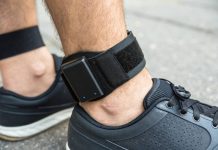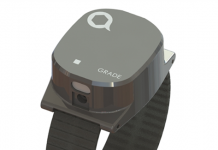Criminal justice authorities may wish to control or to monitor the location of an individual without resorting to imprisonment. For example, law-enforcement electronic monitors can be used on a number of offender and suspect groups and situations, including pre-trial defendants on conditional release and convicted offenders on probation or parole. It may also be used as part of intensive supervision or work release (day parole) programs. In some jurisdictions, electronic monitoring is used to supervise both adults and youths.

Electronic monitoring, also called ‘tagging’ allows justice personnel to quickly and easily confirm that an offender is at a specified location when he or she is required to be present. When an offender is placed in an electronic monitoring program, a tamper-resistant electronic device is attached to his or her ankle. The device transmits an electronic signal, usually through a telephone, indicating whether the offender has had any unauthorized absences or has tampered with the device, are mainly manifested as an ankle monitor.
There are three phases of law-enforcement electronic monitoring that can be used in the criminal justice system: pre-trial, sentencing, and post-prison.
Before a criminal trial, the police may want to ensure that the accused remains in town or away from the victim, such as on bail, residential surveillance;
After sentencing and conviction, the judge may wish to restrict the freedom of the offender without taking custodial sanctions, such as probation and temporary execution outside prison;
After being released from prison, the parole board may want to impose restrictions on offenders. Community corrections-based programs designed to achieve these goals through release conditions, such as reporting to officials or obeying a curfew.















